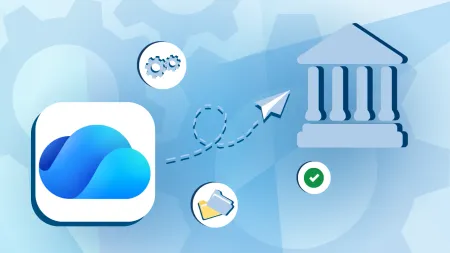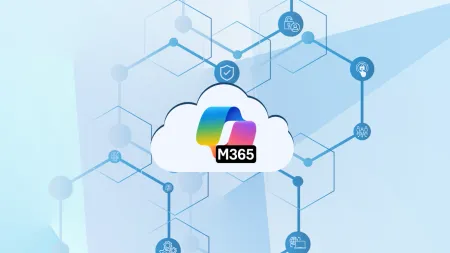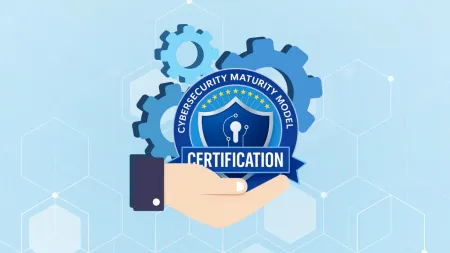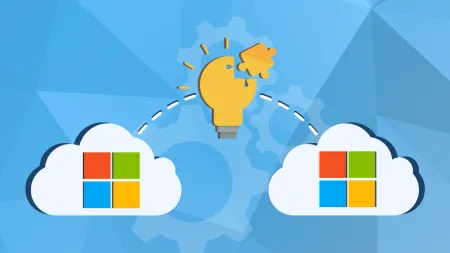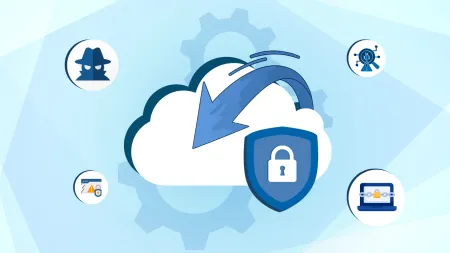What to Expect in a Managed IT Services Contract
If you are planning to outsource your IT services to a managed services provider, there are several things you need to consider before signing a managed IT services contract...

If you are planning to outsource your IT services to a managed services provider, there are several things you need to consider before signing a managed IT services contract.
A successful IT infrastructure depends on the list of services you choose for your business. An expert IT services provider should be able to audit your environment and recommend ways to consolidate and save. Most importantly, you should evaluate each company’s offering and contract to see if it covers all your business needs.
Crucial components of a managed IT services contract
1. Security
Security is at the forefront of everyone’s mind these days. A managed IT services provider should have a complete plan outlining how security is handled. Intrusion detection, intrusion prevention, firewall settings and encryption should be included in a services contract at a minimum along with how those services are carried out. Ideally, encryption should be at the file level.
2. Infrastructure Administration
All managed IT managed services should include basic server maintenance, network administration, storage maintenance and typical network issues. Ideally, a managed services contract will cover everything you need to be performed on your network so you can focus on your business. Before discussing covered services, create a requirements list of current IT services needs and match that to a managed service provider’s contract agreement.
3. On-Premises or Remote Helpdesk Support
Is the managed services provider local or will they be providing remote support? If your IT services are cloud-based, remote support is fine. Helpdesk style support is standard across many contracts. However, pay attention to the hours of support. 24/7 support is optimal but may not be feasible for some managed service providers. This does not mean you cannot expect premium work; it simply means you need to make sure the support covers at least the same business hours and some weekend support if needed. Support beyond business hours may also be available for an additional fee, which should be stated in the managed IT services contract.
4. Network Monitoring
Monitoring is critical with all of the network vulnerabilities that can interrupt your network. Many solutions allow managed providers to monitor every aspect of your network. Make sure to ask a potential managed services provider if they cover remote users, mobile devices and virtual machines. Every aspect of your network should be covered under the service agreement. Network monitoring should also include intrusion prevention and detection along with firewall configuration and monitoring.
5. Data Backup
When reviewing managed IT services contracts, don’t forget to see how your data will be backed up. If you have an on-premises solution and the service provider’s backup plan is to back everything up to the cloud, there are some questions you should ask. First, how secure is the cloud backup? Is the backup hosted on a public or private cloud server? Just as the name states, public clouds are public — meaning they’re shared among a group. If this is the case, you may wish to consider another service provider or ask for a private cloud backup. If your data won’t be backed up to the cloud, where will it be backed up at instead?
6.Disaster Recovery Plan
All managed IT service providers should offer a disaster recovery plan. This is quite often straightforward and simple to develop. A complete location-dependent disaster recovery plan is something that should be included in the details of an IT service contract. Having peace of mind in knowing if and when disaster strikes your business will continue moving forward is essential to any managed services contract.
7. Policy Establishment
As your business grows, you will need to develop more policies related to the IT infrastructure. These policies can include security, data monitoring, bring your own device and more. Production and updates to policies should be offered either as part of a service agreement or additional service as your business grows.
8. Questions to Ask
When discussing managed IT services contracts with a service provider, you should ask the following questions.
- Who is responsible if equipment is damaged during maintenance?
- What type of damage is covered?
- What is the expected level of performance?
- How often is maintenance performed?
- Who executes the maintenance, and how do they do it?
- If you are assigned a dedicated technician by the service provider, how do you contact that person?
9. Termination of Service
If you change your mind and later decide to hire an in-house IT staff to manage your network, you should be able to terminate your managed IT service quickly and easily. Find out if the services contract requires a monthly or annual renewal and what the penalties are for terminating your service. On the opposite end, you should find out what is acceptable for the managed service provider to cancel the agreement on their end. The most commonly accepted reason for this is if the service provider goes bankrupt, is bought out by another service provider or has closed due to some other reason.
10. Non-Solicitation Agreement
It’s typically standard for managed services to agree to not sell your information to other companies that might be seeking to establish a service agreement contract. This agreement may also cover protection for both parties not to hire each other’s talented employees.
It’s crucial that you take all of these into consideration when looking at a managed IT services contract. You want to assure that when you finally choose a managed service provider all of your IT needs are met.
Are you looking for trusted IT support from a cloud-first Microsoft consultant? As a four-time Microsoft Cloud Partner of the Year, Agile IT can help you maximize your Office 365 investment.
